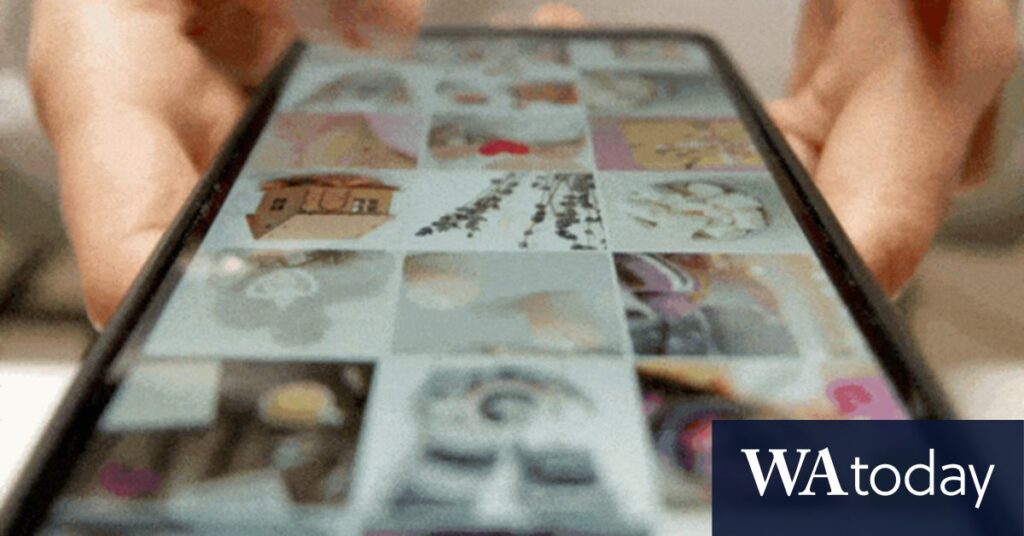
In an era where smartphones are ubiquitous, the digital migration of data from one device to another has become a common yet daunting task. Recently, I found myself in this predicament, attempting to transfer data from an old Android phone to a new iPhone. Without the assistance of my tech-savvy younger relatives, I embarked on this journey alone, only to be ensnared by the complexities of digital technology.
The process began smoothly, with both devices lying side by side, echoing the words of a YouTube tutorial. However, the transfer soon stalled, displaying a “two minutes remaining” message that lingered for hours. This experience underscores a broader issue: the deceptive simplicity of technology, which often masks underlying complexities and fuels user anxiety.
The Burden of Digital Memories
Technology, while a powerful tool, often presents ambiguous choices that can lead to a sense of unease. Messages like “You have used 95% of storage. DATA MAY NOT BE SAVED” or “The page or resource you are looking for has expired – IT IS GONE AND WILL NOT BE COMING BACK” are common. These notifications highlight the precarious nature of our digital existence, where the threat of data loss looms large.
As I grappled with the stalled data transfer, I was reminded of the simplicity of past self-representation. Consider Jane Austen, who had only a single engraving for posterity. Today, our lives are documented in thousands of photos, stored on devices that can fail us at any moment. This digital hoarding raises questions about the value and permanence of our memories.
By the Numbers: A Snapshot of Our Digital Lives
Globally, five billion photos are taken daily, with 4% being selfies. In 2015, the average smartphone user stored about 630 photos, a number that has since tripled. Millennials, in particular, are prolific photographers, with an average of 2,500 photos per person.
Despite the vast number of images captured, only a small fraction are shared. According to T.J. Thomson, a senior lecturer in visual communication at RMIT University, “People are using photos to help experience things. The camera is constantly tethered to our hands, so you’re always looking through a screen to experience or document reality.”
The Psychological Toll of Digital Hoarding
The compulsion to document every moment can lead to “smartphone storage anxiety,” a fear of running out of space and losing precious memories. Terms like “photo overwhelm” and “delete anxiety” reflect the psychological burden of managing digital images. Tech companies capitalize on these fears, offering storage solutions and curation apps to alleviate user concerns.
Andrew J. Campbell, a professor of cyberpsychology at the University of Sydney, compares this behavior to hoarding. “People would rather pay an extra $2 for a little bit more space than do the work,” he notes. The reluctance to curate our digital collections stems from the emotional attachment to images, even those rarely viewed.
Security and Privacy Concerns
The proliferation of digital images raises significant privacy and security issues. Campbell warns against storing sensitive information, such as ID photos, in the cloud due to potential misuse by tech companies. “We’re very worried about the amount of visual data captured and held by host companies, and how it may be used for marketing purposes or to manipulate you,” he explains.
There are growing concerns about data breaches and the unauthorized use of personal photos. Reports of images being used in advertising without consent highlight the need for stricter data protection measures. Additionally, AI models are increasingly trained using personal photos, often without the knowledge or consent of the individuals involved.
Looking Forward: Navigating the Digital Landscape
As we continue to navigate the complexities of digital technology, it is crucial to balance the convenience of smartphones with the need for mindful data management. Experts suggest regular photo curation and the use of secure storage solutions to safeguard our digital memories.
Ultimately, the challenge lies in recognizing the value of our experiences beyond their digital representations. By fostering a more intentional relationship with technology, we can alleviate the burdens of our digital memories and embrace a more meaningful connection with the present.







